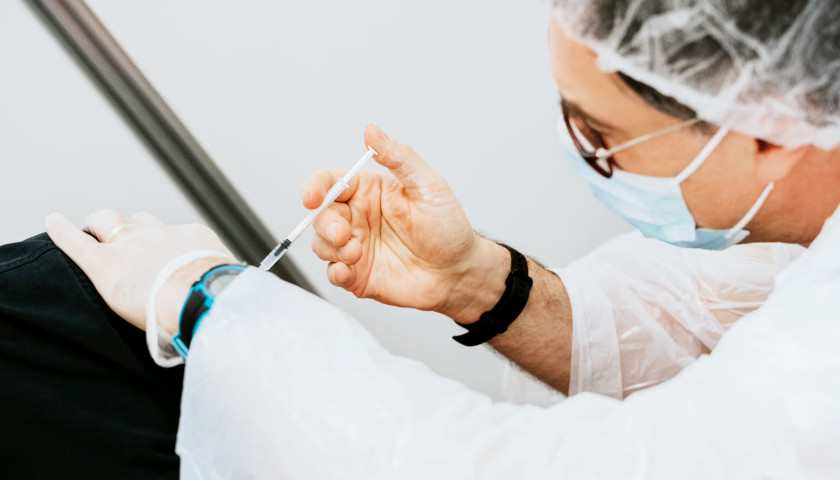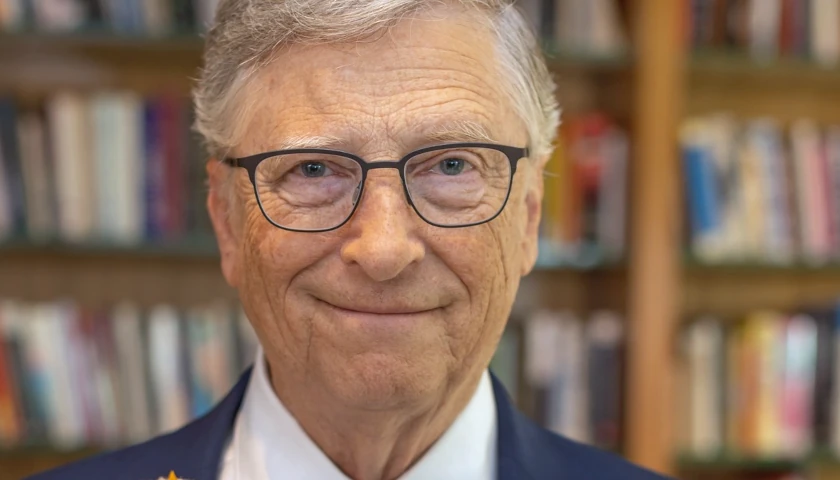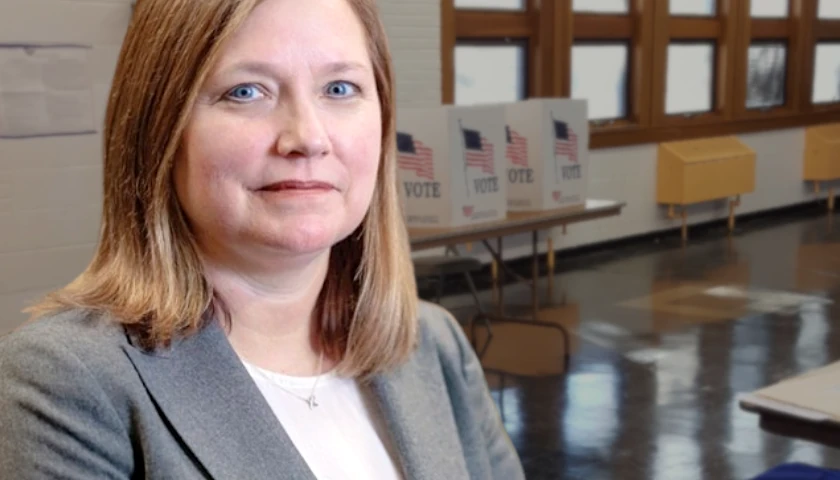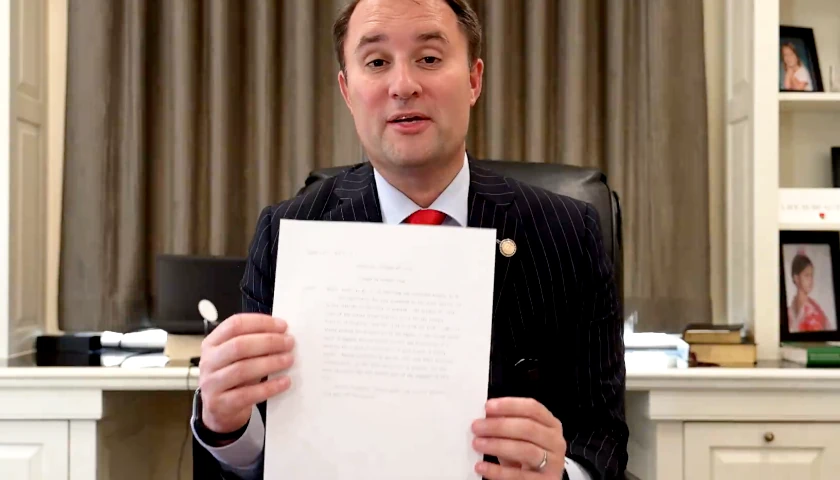by Walker Larson
Craig Norkus thought there was no reason to question the safety of the COVID vaccines. He’d received two shots already with no ill effects, and he, along with the rest of the public, was continuously assured that the vaccines were safe and effective. So on November 3, 2022, he received his third booster, and his saga of suffering began.
Craig grew up in Rochester, NY, moving to the Twin Cities in 2001. He’s the father of two adult children, an avid Vikings fan, and a dedicated fitness enthusiast. Prior to his vaccine injury, Craig worked out seven days per week and enjoyed golf and hiking.
But his robust health wasn’t enough to save him from a toxic reaction to his booster shot. In an interview with Intellectual Takeout, Craig said that a few days after receiving the booster, he began to experience cold symptoms, including a headache and drainage, that quickly worsened. With his system in decline, Craig went to a doctor who prescribed an antibiotic and diagnosed a respiratory illness, though it was certainly not COVID—he tested negative for that.
Still, things did not improve. They got worse. The day before Thanksgiving that year, Craig experienced a strange and unsettling transformation as his condition took a sudden nosedive. His day at work was particularly arduous, and when he got home in the evening, exhausted, he “hit a wall.” He felt what he described as an “oppressive force,” not a sharp pain, but an overwhelming, deeper kind of pain he could only call “agony.”
“Honey,” he said to his girlfriend, Christine, “I think I need to go to the hospital.”
Two trips to urgent care and several negative COVID tests later, the doctors had found nothing. By Christmastime, Craig was completely “tapped out,” as he put it. Alarming new symptoms were developing: worsening sinus drainage, deeper headaches, brain fog, cold flashes, a burning sensation in different parts of his body, and a loss of energy so profound that he couldn’t so much as pick up a glass of water. At this point, Craig had to cease working and was placed on disability.
The doctors continued to come up empty-handed, even after conducting dozens of blood tests for a wide range of conditions. Craig was referred to a neurologist, but that proved more harmful than helpful when the neurologist diagnosed Craig (over Zoom) with migraines and Parkinson’s and prescribed a dangerous medication, which Craig didn’t take, partly due to the second opinion he received from another neurologist. However, this second neurologist—though hailing from a prestigious university and coming highly recommended—found nothing after extensive tests and ultimately told Craig it was all in his head. This callous response was nothing short of devastating for the patient. Meanwhile, Craig continued to worsen, still suffering from oppressive exhaustion but struggling to sleep.
Throughout all this, Craig’s girlfriend, Christine, remained by his side, encouraging and counseling. Craig said that without her, he would not have gotten through his ordeal. Each night she told him, with endless positivity and love, “Tomorrow’s gonna be better.” And he believed her.
In addition to keeping Craig afloat mentally and emotionally, Christine also taught him how to advocate for himself in the medical system. She had become familiar with mainstream medicine through personal experience, and she was an invaluable guide for him in navigating the system and pursuing answers beyond just what the first doctor told him.
Craig told Intellectual Takeout: “Part of what I want to do to raise awareness is [to explain] how to advocate for yourself in the medical system. Because what I learned in this whole process is that the medical system is broken. Everybody wants to think doctors know everything, and I found out they really don’t. … You have every right to ask for a second opinion, a third opinion, a fourth opinion. Tell that doctor, ‘If you can’t figure it out, please refer me to somebody else.’”
This is what Craig did. In fact, it was a seventh opinion that finally made a difference. His seventh doctor, referred to him by his chiropractor, was, at last, able to help him. Craig described Dr. Jeffrey Kotulski of Between the Bridges Healing Center in Mankato, MN, as “the most brilliant and compassionate doctor I’ve ever met.”
Dr. Kotulski recognized that his new patient’s immune system had, for some reason, nearly destroyed itself. He connected the dots and diagnosed Craig with a toxic reaction to the vaccine and offered him revolutionary treatment: an IV of methylene blue (a salt that helps red blood cells carry more oxygen), doctor-endorsed peptides (used to change or improve how certain parts of the body work), and several treatments of ozone blood transfusions (a process in which a person’s blood is drawn out, filtered with ozone and UV light, and returned to the body—not unlike dialysis.)
Craig first saw Dr. Kotulski on April 20, 2023. Incredibly, using these treatments, the doctor had Craig back to work by June 14, 2023, though he warned Craig that the illness could return.
It did. In December of 2023, Craig suffered a major and devastating relapse. He returned to Dr. Kotulski and began again the peptides and ozone transfusions, but they just weren’t restoring Craig to his former self. Dr. Kotulski then introduced new treatments: growth factor and PrP (platelet rich plasma) infusions via IV. Within a week, Craig felt a sudden change and knew he was recovering. He received infusions once every few weeks, along with ivermectin.
Finally, by May 16, 2024, Craig was back on his feet and working again, feeling, he says, “close to 100 percent.” A secondary treatment that has been helpful for Craig is the use of nicotine patches, which bind to the nicotine receptors in the body’s cells that also seem to be the target for the toxins in the shots, according to Bryan Ardis, who is a retired chiropractor, acupuncturist, and nutritionist. With nicotine filling these receptors, the toxins are unable to bind to the cell.
Craig noted, “Every test, every doctor that I had that did not help, that did not work, was at least in some way covered by insurance. Everything that did help was not covered by insurance.” This, he said, is because the FDA doesn’t recognize the alternative treatments that were used.
After his tumultuous experiences with vaccine injury, Craig is now fighting to raise awareness for other victims. His top two priorities: first, get legislators to acknowledge what is going on and help people pay medical bills (many can’t afford the experimental treatments Craig received), and second, inspire more doctors to take an interest in the subject. Craig’s own primary care doctor told him that he has now seen many cases like Craig’s, and he and his colleagues are beginning to treat the cases as COVID vaccine injury instead of “long COVID.” This is a sign of hope.
Craig has accepted the suffering with a heroic spirit, finding meaning in the pain and the hardship. He told Intellectual Takeout that “[raising awareness] became a mission for me when the totality of suffering was realized, and then I found out there were more people like me. I’m a person of faith, and [I thought], ‘Maybe this is why this happened to me.’ I want to talk to as many people as possible to get that recognition. … God isn’t gonna give you more than you can handle. … If it happened for me to be able to help more people, I can say, in hindsight, it was worth it.”
– – –
Walker Larson holds a BA in writing and an MA in English literature. Prior to becoming a writer, he taught literature and history at a private academy in Wisconsin. He is the author of two novels, Hologram and Song of Spheres. When not working on his acreage or spending time with family and friends, he blogs about literature and education on his Substack, The Hazelnut.









